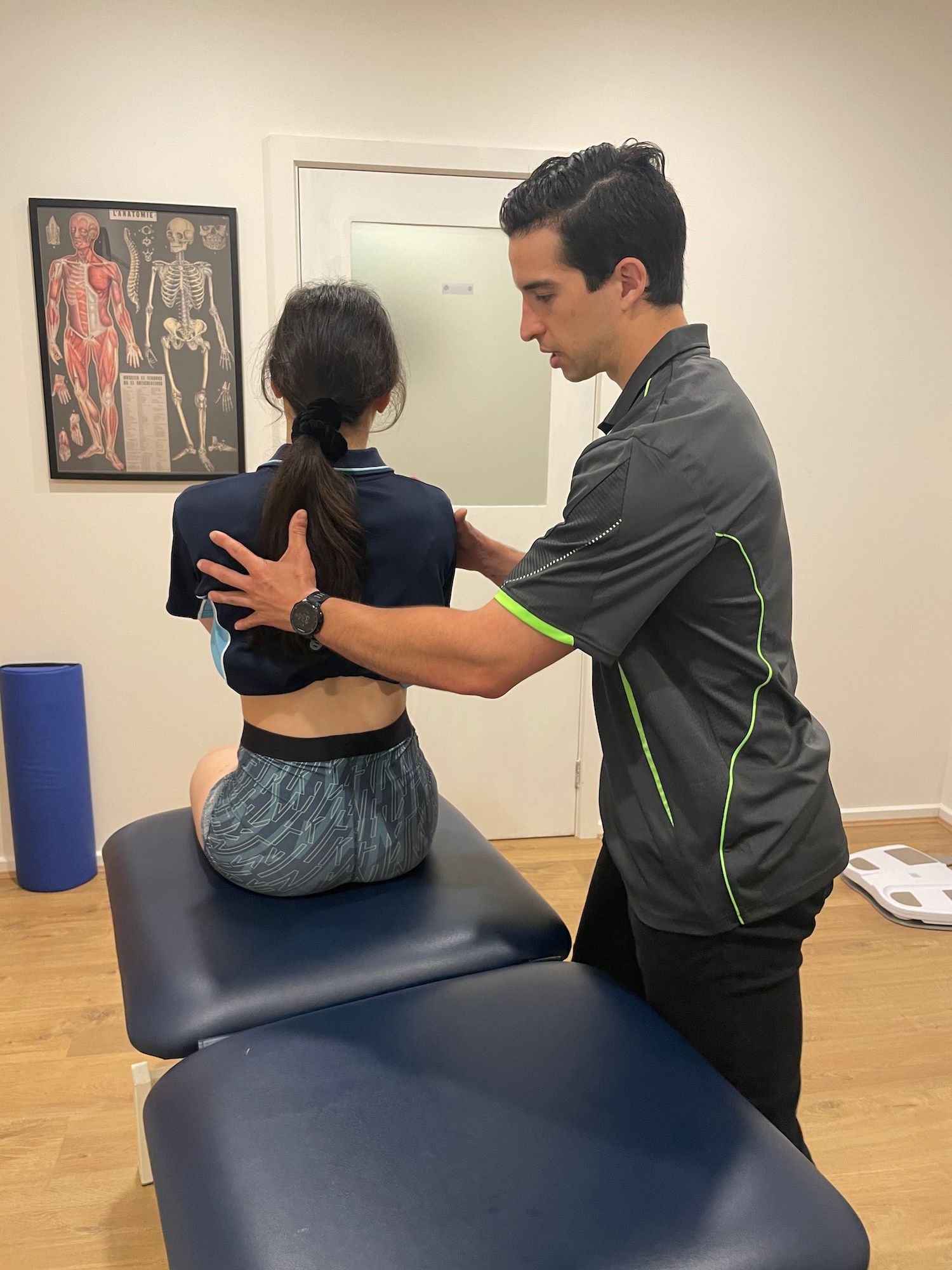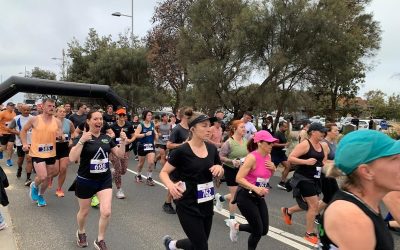Have I slipped a disc?

Have I just slipped a disc? Oh no!
Fear not! It isn’t the end of the world.
Throughout our lives, we put our spine under pressure with everyday occurrences like household chores, sport, work, weight gain and direct trauma.
This can cause the jelly-like disc to slowly, but surely, become more flat and less shock absorbent. Eventually due to wear and tear, they lose their shape and bulge out slightly, which CAN or CANNOT touch the surrounding nerve roots causing irritation and nerve pain.
So, as our bodies start the degeneration process from the time we are in our mid-twenties, coupled with everyday stress and trauma, disc bulges would seem pretty common, yeah? Well, it is…especially over the age of 40, usually in the lower back.
Surprisingly, a lot of people “slip”discs, yet have no symptoms of this whatsoever, simply due to general wear and tear! And so, they go on with their lives- none the wiser!
Yes. That’s right. Bulging discs can have no symptoms.
Just because your MRI comes back positive with a result for a bulge, doesn’t necessarily mean that it is going to be the source of your pain. You may not even know how long you have had it for!
If it does turnout that you have sustained an acute disc bulge, and it is causing you pain, Myotherapy can assist in reducing the associated symptoms, like tight muscles, as well as strengthen the core and the spine using using basic exercises to prevent further postural and mechanical issues.
Symptoms usually hang around for about 6 weeks (depending on each individual case and the things they are doing to assist recovery), but thankfully, not forever.
With this in mind, our bodies are clever and will occasionally tighten the surrounding areas as a safeguard, and this can be managed and released by our fabulous Myos.
– Alli Jennings
4 Keys to Achieving Physical Goals Injury Free!
You have a goal, but you don’t quite know where to start - we can help! You have a goal - Let's Achieve it Okay - you’ve locked in and decided on a goal. You are super motivated. Nothing can stop you! You buy all the gear and are ready to finally tick off that one...
4 Quick Stretches to Do After a Run
Join physiotherapist Morgan Deegan as she shares her top post-run stretches. Get ready to enhance your recovery and prevent injuries with these essential exercises.Are you looking to improve your post-run recovery and reduce the risk of injuries? In this article ...
3 Easy Foam Roller Exercises You Can Do At Home
Make good use of your foam roller with these three easy exercises you can try at home. With videos and pictures to follow.Foam rollers have gained popularity as a valuable tool for athletes seeking relief from muscle knots and trigger points. These stubborn areas of...



